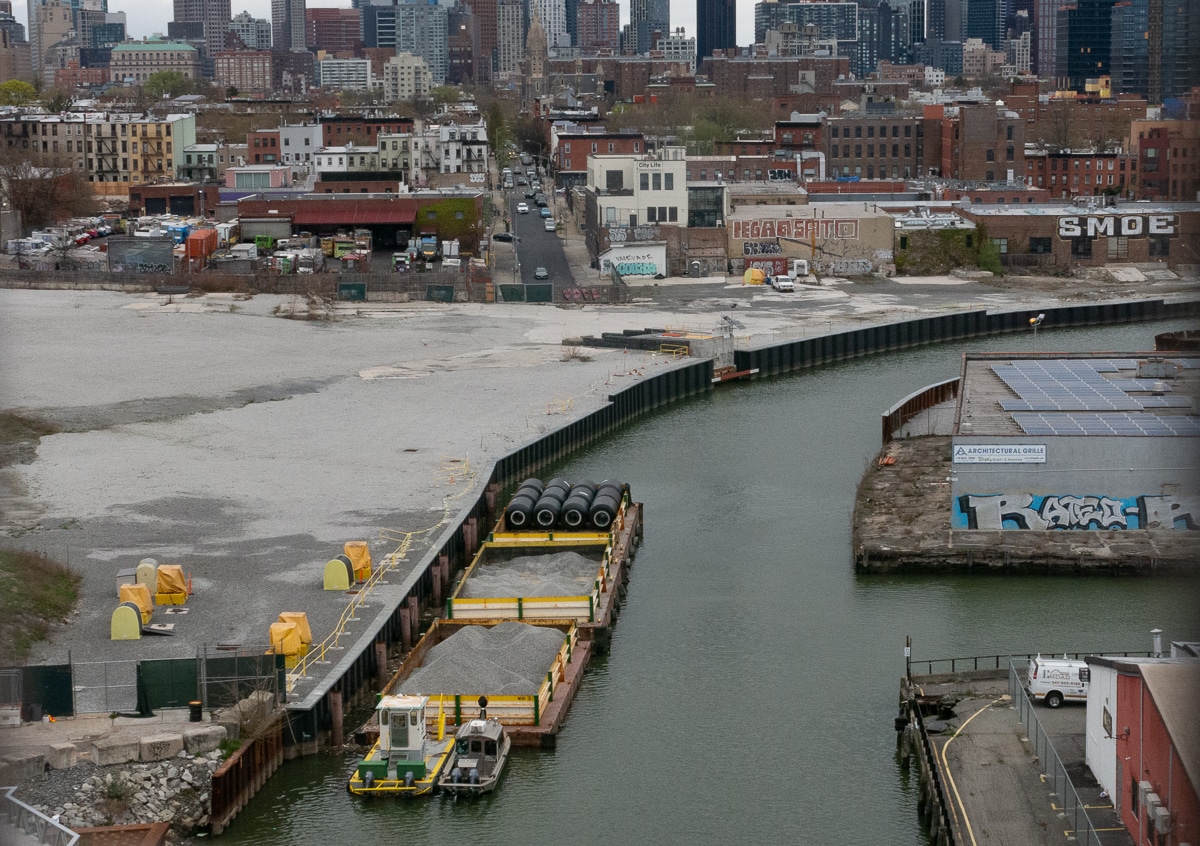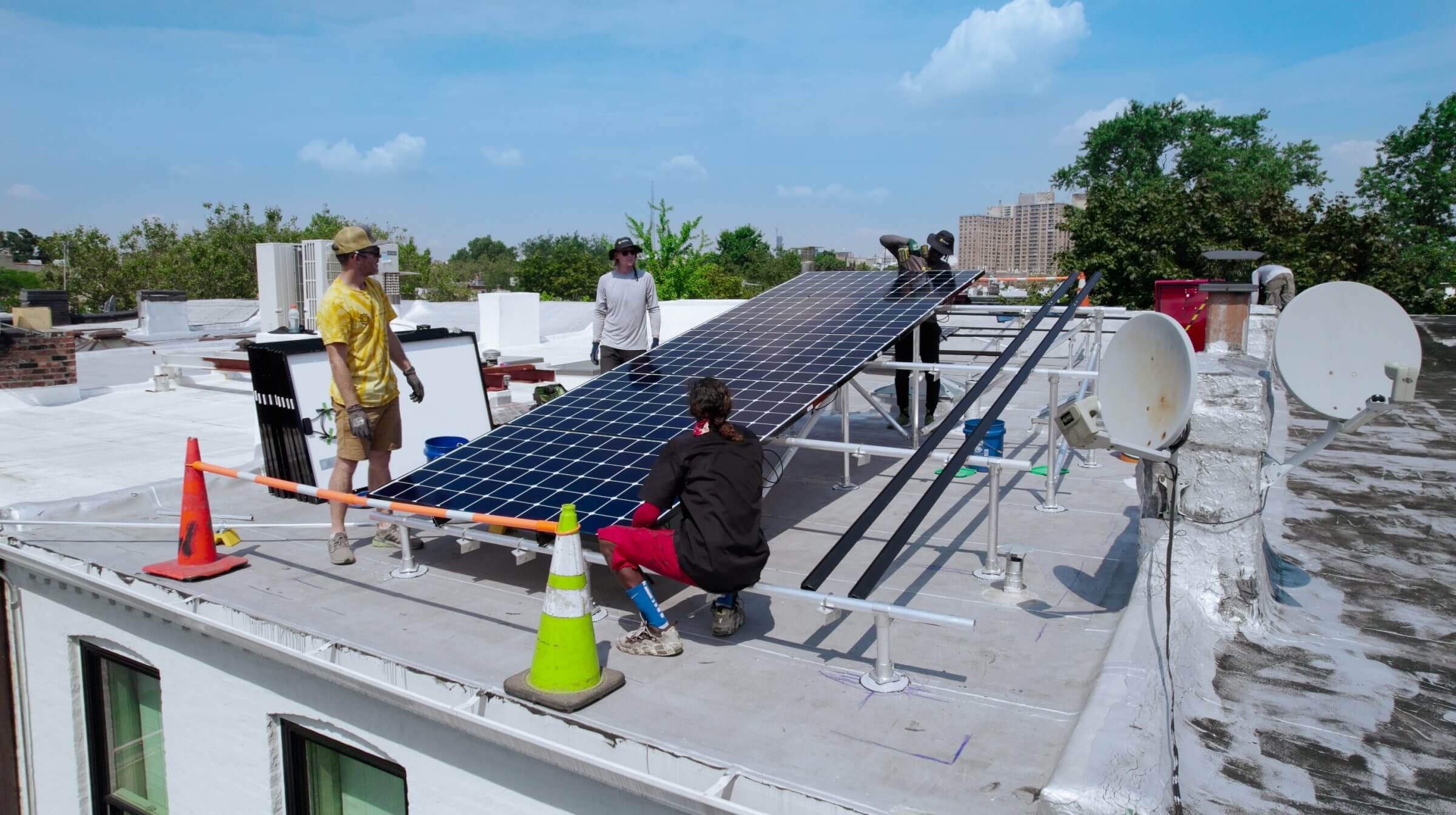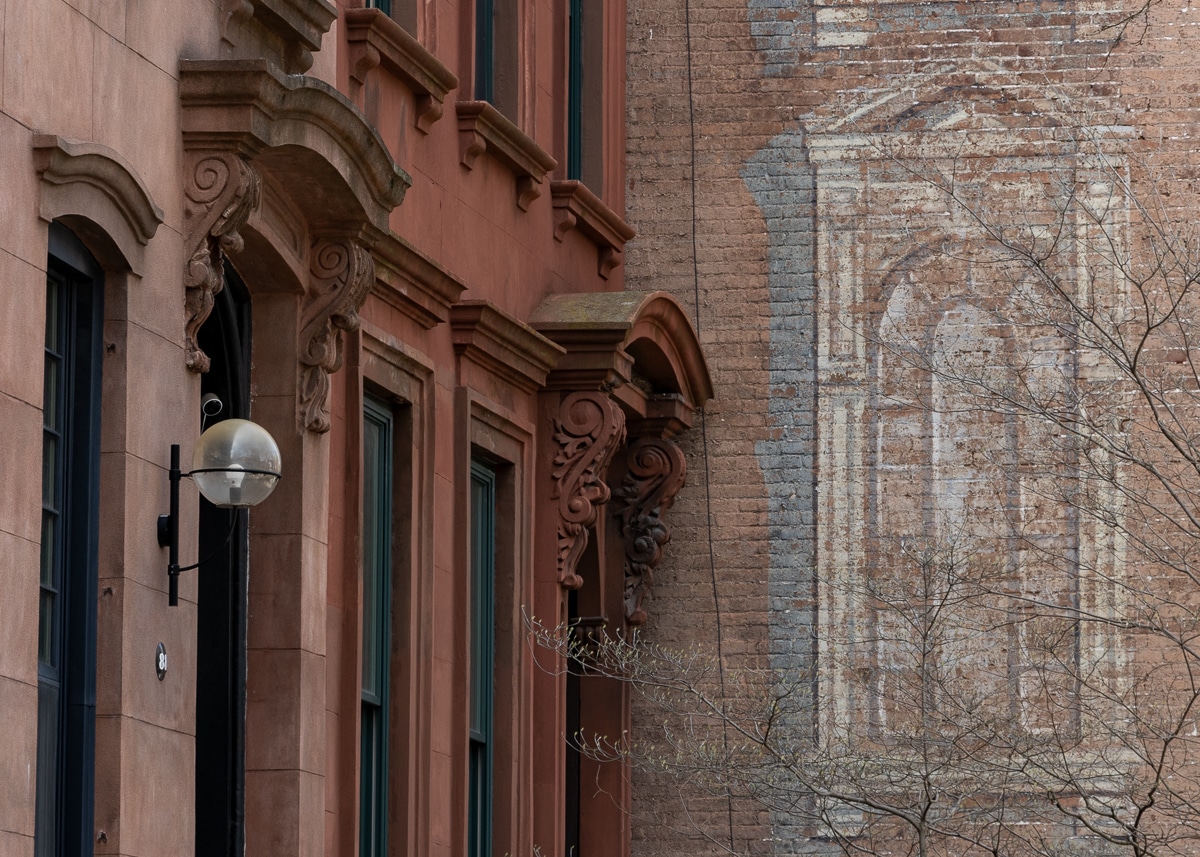Last Rites for The Spalding Building
From Atlantic Yards Report comes the sad news that the Spalding Building at 24 6th Avenue is being prepped to meet its maker. Another clear example of an architectural eyesore that needed to be purged from the blighted neighborhood. Not. Ratner purchased the building for $2,200,000 in August 2009. As far as we can figure…

From Atlantic Yards Report comes the sad news that the Spalding Building at 24 6th Avenue is being prepped to meet its maker. Another clear example of an architectural eyesore that needed to be purged from the blighted neighborhood. Not. Ratner purchased the building for $2,200,000 in August 2009. As far as we can figure out, there’s still that last-minute lawsuit out there involving the building’s air rights too.
The Spalding Building Is Prepared For Its Fate [AYR] GMAP
Photo by Raul Rothblatt









Yes, Golstein, you are a sellout and thank God for that! I’m so glad that I no longer have to hear your droning voice. Thank God your alleged morals had a price tag attached to them.
as for those developers using the ‘cabbage patch’ argument – there’s a difference between natural growth and state funded boondoogles – but there is also the realization destroying buildings and building new ones is not a way to ‘keep the economy going’ anymore than digging useless holes and filling them up again keeps the economy going. To keep the economy going you need real industry- exactly the find of thing the new york elite have gone out of their way to displace.
What makes brooklyn beautiful? Ratner’s metrotech? Or her old historic buildings? Ratner’s ghetto malls? or Fort Greene brownstones.
The fact remains ratner seized via corruption and probably bribery – private property – using the threat of the state’s power. He robbed middle class homeowners to line his own pockets- hes’ a crook, through and through.
With this building, the old ward bakery-, and the nice italianate townhouses that have been razed, we had an area that could have become a “Tribeca’ now we have tax payer funded parking lots and Ratner’s notoriously ugly, poorly designed buildings.
Dear Big Jugs (If that is your real name), I was not paid “hush money.” Don’t worry.
But I digress.
In the 20s, when Babe Ruth was a star, baseballs were manufactured at Spalding’s Pacific Street plant – in the buildings that now comprise 24 Sixth Avenue and 475 Dean Street. The company was founded by a man named A.G. Spalding, a former star pitcher (one of the first to use the underhand delivery)and member of the Baseball Hall of Fame, often known as “the father of baseball” because of all he did to popularize the sport nationally and abroad.
The Spalding plant was completed circa 1885 and employed up to 1,000 people. It began by mass producing baseballs and branched out into other sporting goods such as golf, tennis, football and gym equipment. They also made shoes and saddlebags for army officers. Later, this building made the famous “Spaldeens,†the red rubber balls used by generations of children in the neighborhoods of Brooklyn and the rest of the country.
——
But who cares, it was just a beautiful building, inside and out, with rich history, then converted and occupied in 2002, then emptied out–under the threat of eminent domain–entirely by 2005 and warehoused for five years by Forest City.
Some of you are happy about the arena, well that is cool. But to pretend that all is fine when demolishing perfectly good (and historic) housing to build an escalator for a money losing arena is just something that many disagree with.
@fsrq 5:46pm – I usually disagree with you, but this was a particularly nasty comment. The Atlantic Terminal Urban Renewal Area is pathetically out of date, and to accuse Grand Army of “illiteracy” undermines your credibility.
AY arbitrarily expands ATURA south into Prospect Heights. Or in the word of NY Court of Appeals judge Robert Smith, it has been “gerrymandered.”
Here’s what Judge Smith wrote:
“The whole point of the public use limitation is to prevent takings even when a state agency deems them desirable,” Judge Smith wrote. “To let the agency itself determine when the public use requirement is satisfied is to make the agency a judge in its own cause. I think that it is we who should perform the role of judges, and that we should do so by deciding that the proposed taking in this case is not for public use.”
Maybe Smith displays “a lack of reading comprehension that borders on [functional?] illiteracy,” but most judges in most of these United States would agree with him.
Wow, this nondescript building is soon to be gone. Yay! Next in line is the former residence of Dan “Sellout” Goldstein. Since he accepted Ratner’s hush money, we’ve heard absolutely nothing from him. Thank God for that!
FSRQ, 11:30am: “GrandPa – you are a moron- the vast majority of the AY area has been declared blighted area since 1963 – basically Hanson to Pacific – 3rd Ave to Vanderbilt. Granted this specific building was NOT part of the original blight declaration from 1963 but the idea that the area in general was not blighted is dumb and against all historical facts.”
What did I misunderstand?
You brought up the issue of blight in order to assert the rightness of ED being used to move AY ahead. I challenge that.
Too bad none of your posts have included any sympathy for those living near the footprint who have to pay the quality-of-life price for this miscarriage of justice and waste of taxpayers money.
Grand Army I am gasping at the absurdity reflected in your post. You either are deliberately attempting to distort what I said, or you have a lack of reading comprehension that borders on [functional?] illiteracy
Yikes, I’m late to this thread but just have to say I’m gasping at the absurdity of FSRQ’s claim that the AY footprint is blighted because of a 1963 report! I mean, why not quote a report from 1910? It would be just as relevant! This whole area of Prospect Heights was changing quite organically in the late 1990s-early 2000s and the Spalding building was a perfect example of that trend.
It’s a sad day for Brooklynites and all citizens of New York City when the state evokes eminent domain to allow a mega-developer to force out small and middle-class property owners simply to create more private property. There has been no public process in the development of the AY project and this is why people are so upset.
Even if I wasn’t opposed to AY on principal (eminent domain; use of taxpayer monies; too big for the local infrastructure to sustain — sewers, roads, transit; the boondoggle that is a sports arena; etc.) I would still be opposed because of the complete lack of public oversight. Speak to local residents, especially those living on Dean St, and you’ll hear a litany of nightmare stories about noise outside sanctioned work hours, asbestos abatement, water and gas service interruptions, increased traffic on nearby streets etc. Finally there is some support among elected officials to demand better AY governance. It’s about time!